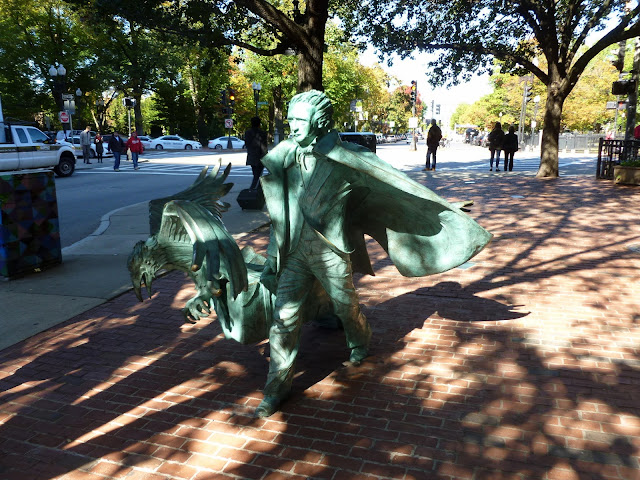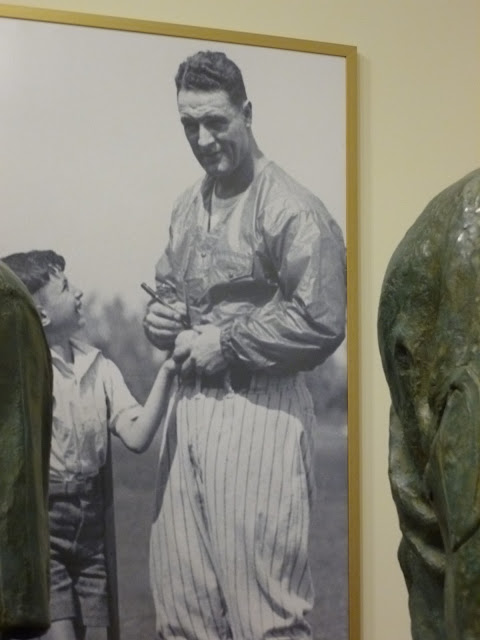Freedom Of Speech
Norman Rockwell Museum
Norman Rockwell Museum
N 42° 17.277 W 073° 20.136
Short Description:
The original Freedom from Want painting by Norman Rockwell, which is the subject of one of the Four Freedoms stamps, is located in the Norman Rockwell Museum in Stockbridge, MA.

Long Description:
Four paintings of Norman Rockwell are on display in the central rotunda of the Normal Rockwell Museum. They are the original works by Rockwell that were the based on a State of the Union Speech by President Franklin D. Roosevelt created for publication in the Saturday Evening Post. Subsequently, they were used to promote the sale of War Bonds during World War II. In 1994, they were the subjects of four stamps issued by the United States Postal Service honoring Norman Rockwell.
On January 6, 1941, President Franklin D. Roosevelt addressed the Congress of the United States and outlined four essential human freedoms. to Congress January 6, 1941.
"The first is freedom of speech and expression -- everywhere in the world."
"The second is freedom of every person to worship God in his own way -- everywhere in the world."
"The third is freedom from want -- which, translated into world terms, means economic understandings which will secure to every nation a healthy peacetime life for its inhabitants -- everywhere in the world."
"The fourth is freedom from fear -- which, translated into world terms, means a world-wide reduction of armaments to such a point and in such a thorough fashion that no nation will be in a position to commit an act of physical aggression against any neighbor-- anywhere in the world."
During the height of World War II and in support of the War effort Norman Rockwell spent six months painting The Four Freedoms, which were published in a series of Saturday Evening Post issues in 1943. These images were used to promote the purchase of war bonds. The program was hugely successful and raised more than $132 million for the war effort.
The Freedom from Want painting depicts an extended family being served a roasted turkey by the family matriarch. The illustration was published in the Saturday Evening Post on March 6, 1943.


















































